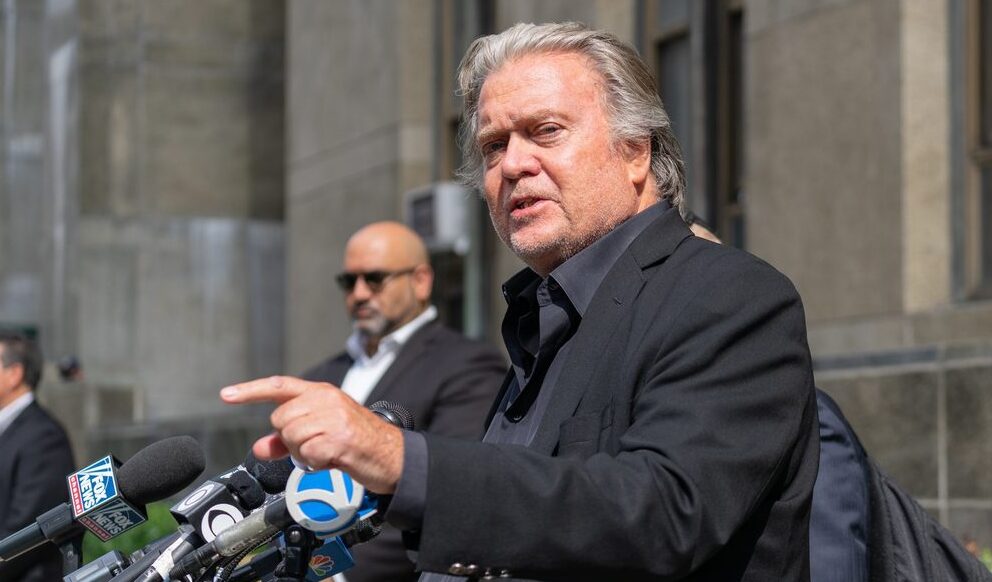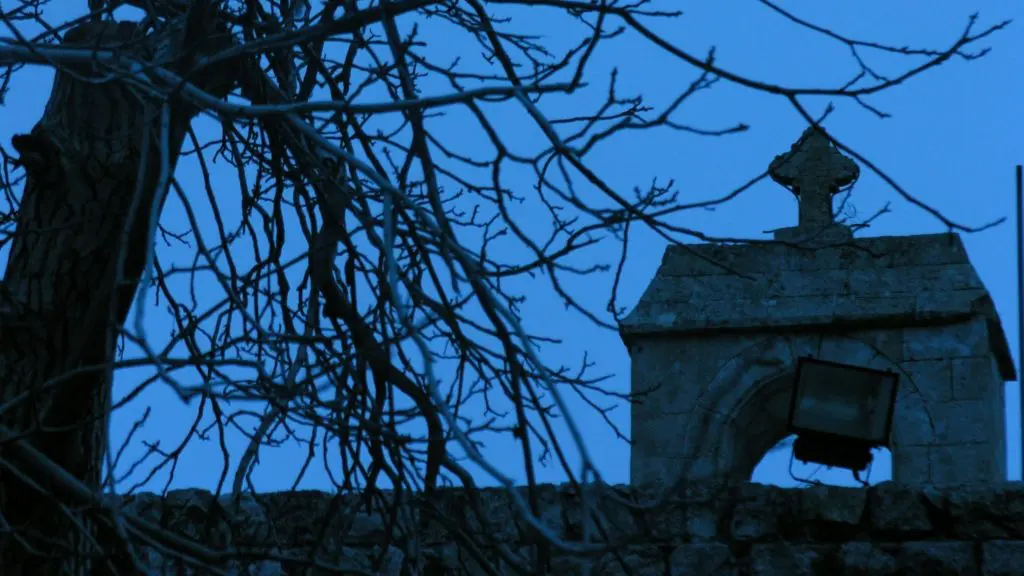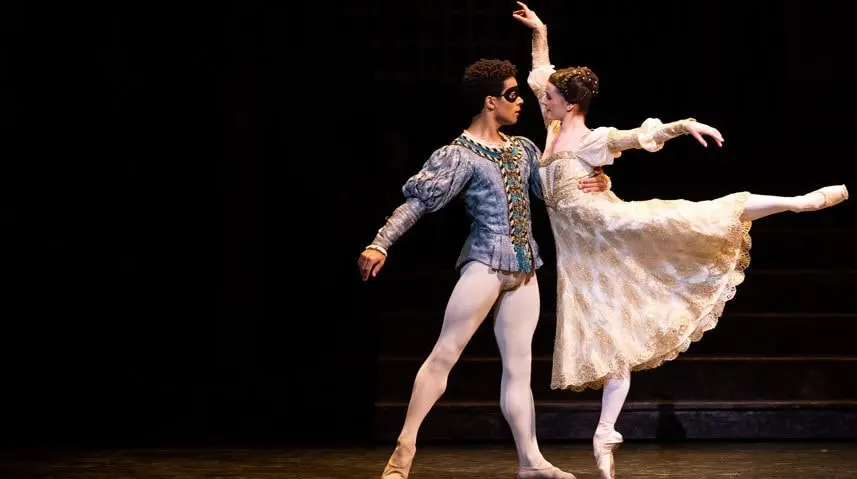A major retrospective of the work of the Russian painter Ilya Repin (1844-1930) is being held for the first time in Paris at the Petit Palais from October 2021 to the end of January 2022. It follows a series of exhibitions organized at Moscow’s Tretyakov Gallery, Saint Petersburg’s Russian Museum, and Helsinki’s Ateneum on the 175th anniversary of the painter’s birth. This is an exceptional selection of works, which does justice to a painter too long underestimated.
Indeed Repin’s reputation has suffered for many years: the Soviets considered him as the painter of the Russian people ‘oppressed by autocracy,’ and in return Western art historians tended to despise him as a poorly-inspired precursor to Soviet realism. Fortunately, in recent years, and in particular thanks to the work of the British historian, David Jackson, of the University of Leeds, Repin has been reconsidered as one of the pre-eminent figures of Russian pictorial art. In the pantheon of Russian artists, he occupies a place similar to Delacroix or Goya.
Ilya Repin was born in Chuguev, a small town now located in Ukraine, in a very modest family of military settlers. He was lucky to be identified for his artistic talents, which allowed him to study in Saint Petersburg at the Imperial Academy of Fine Arts, where he met painter Vassili Polenov. He became interested in the Ambulants movement very early on, although he did not formally join it until 1878. Originating in 1870 as a reaction to the academic character of official art, this was a Peredvijniki (Передвижники) realist movement with a dual purpose: to be inspired, for its subject-matter, by nature and the everyday life of the Russian people, but also (hence the term Ambulants) to bring painting closer to the people by organizing exhibitions all over Russia, not only in Saint Petersburg and Moscow. Painter, Ivan Kramskoi, was one of the instigators of the movement and taught drawing to Repin, becoming his friend.
In the first room of the Petit Palais exhibition, visitors can see one of Repin’s masterpieces, Barge Haulers on the Volga (1873). This large canvas is the result of a study trip Repin made in 1870 along the Volga River, where he was struck by the power of the men at work. He made numerous studies prior to this painting, which show his acute sense of drawing and portraiture. His talent was noticed by the Grand Duke Vladimir who, even before its completion, decided to buy the painting for his palace on the banks of the Neva. The work aroused both admiration and abundant criticism: why, asked his detractors, paint dirty working men? But, reviewed today, it cannot leave anyone indifferent, since one of Repin’s best qualities, his empathy for the people, is already apparent . The painting was sent to the World Exhibition in Vienna in 1873 and won a gold medal. A few years later, Soviet theorists were pleased to read into this work a manifesto against Tsarist oppression. Repin, however, simply wanted to depict the daily life of the poor in all its intensity. Dostoyevsky understood this, writing about the Haulers: “if they had not been so simple and natural, they would not have made such an effect.”
Next, the exhibition displays portraits of Repin’s family. His wife, Vera Repin, is represented in a magnificent painting entitled At Rest (1882) in which one perceives a mother’s brief respite from her daily toils. The painter also knows how to capture with genius the insouciance and grace of childhood, with the portraits of his own children—his son Yuri, his daughters, Vera and Nadia.
Thanks to funding from the Academy of Fine Arts, Repin made several trips to France, which, like Italy, was essential to the itinerary of any Russian artist. However, he did not allow himself to be merely ‘impressed.’ Indeed, he criticized the Impressionists for their excessive taste in the pretty and the charming, to the detriment both of the soul and true realism. He was nevertheless influenced by Manet’s technique, and his ability to make whites and blacks vibrate, as shown in his extraordinary portrait of an old Jewish man.
This mastery of portraiture is further evinced by a beautiful series of portraits of the great musicians of his time: Cesar Cui, Modest Mussorgsky, Mikhail Glinka, and Alexander Glazunov. Repin was a music lover and found in the works of these composers a transposition of what he himself sought to do through his paintings: to capture the essence of the Russian soul, through a mixture of inspiration and formal innovation.
Repin was encouraged in his work as a portraitist by his friend and patron Pavel Tretyakov, an entrepreneur and essential figure in the Russian artistic milieu of the time, who used his wealth to support promising artists, among them, Repin, Polenov, and the Ambulant school. Fascinated by London’s National Portrait Gallery and wanting to create something similar in Russia, Tretyakov commissioned a multitude of portraits of the luminaries of the time, providing the basis for Moscow’s eponymous Tretyakov Gallery. It was at Tretyakov’s request that Repin executed the superb portraits of the writer Leo Tolstoy with whom he had a close friendship and correspondence. The exhibition thus offers an exceptional journey into the heart of Russian society and culture in the years 1880-1900, an era characterized by an emulous fertility between European capitals.
The visitor will be struck by the diversity of the paintings exhibited. Ilya Repin is not reducible to one style or subject . He pays the same benevolent attention to the greatest artists of his time as he does to the fisherman’s daughter of the Normandy coast. But, without question, the leading thread in his work remains his passionate love for his country, in all its excesses, pains, and joys. The great fresco The Religious Procession in the Province of Kursk (1883) depicts the humble pilgrims as well as the proud bourgeois, with the same shimmering of colors and textures that we find in another celebrated work, Reply of the Zaporozhian Cossacks to the Turkish Sultan (1891). This is an exuberant painting, which, nonetheless, requires careful attention in order to appreciate how each character is individually rendered, truculent and full of life.
The exhibition ends with Repin’s official paintings for the Tsarist regime, during the reigns of Alexander III and Nicholas II. The dignity of the scene of Alexander III Addressing the Deans of the Cantons, or the official portrait of Emperor Nicholas II, offers us an artist resistant to category, rather than a revolutionary looking forward to the fall of the empire. Shortly before the Russian Revolution, at the request of Nicholas II he created a representation of the Council of State so large it is very hard to move, and must be viewed at St Petersburg’s Russian Museum. Nevertheless, some preparatory portraits of the councilors can be seen in Paris, part of a series of 80 intended to be put together on a single canvas.
At the end of his life Repin suffered from painful arthritis, which prevented him from painting as much as he wanted. Although his youngest daughter continued to live at his Zdranevo estate, in present-day Belarus, so that the family were considered ‘enemies of the people,’ his second residence, in Kuokkala, a few kilometers from Saint Petersburg, happened to be in Finnish territory, and there he remained, suspicious of the new order, refusing to return to Russia. When he died in 1930 his family went into exile, eventually reaching France, where they still live, helping to popularize Repin’s extraordinary work—the best of figurative painting at the service of the soul.





